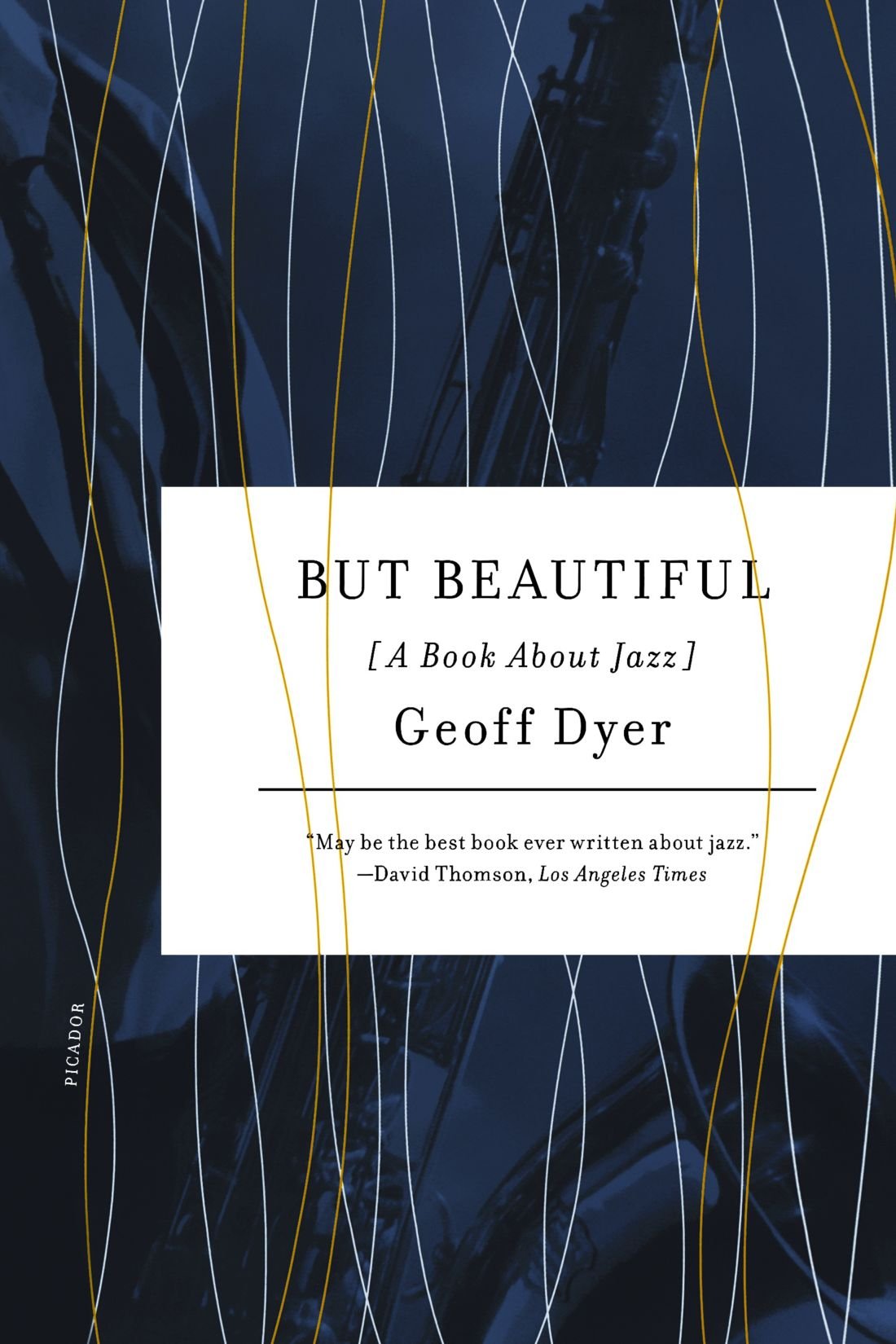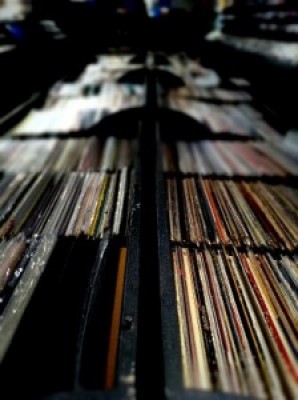I.
My interest in the White–Lowery affair has been driven almost entirely by my friends’ feelings on the matter. As for myself, I can only add or amplify that if one chooses to take part in the mainstream recording industry1, one is consequently subject to conditions characteristic of profit motive in all cases. Among the artists with whom I collaborate, however broadly, two axiomatic truths come to bear in this light:
1) There’s only so much money to go around and those who control the existing majority of that money will fight harder to keep it than artists will to get what they believe they rightfully deserve. I believe the reason for this is simply that the artists, at bottom, spend their time making art; the profit-seekers spend their time seeking profits. Opportunity cost dictates that one cannot devote one’s resources to both pursuits simultaneously.
2) One result of this separation is agency, whereby the artist enlists the aid of a person or organization that assumes the profit-seeking role, freeing up the artist to pursue her artistry. This agent could be Kickstarter, Jay-Z, a manager, a booking agent, Bandcamp, or even an experienced bandmate. But they will be primarily motivated to seek financial reward derived from the artists and their art. When the money runs out or otherwise fails to appear, so does the agency.
In the case of Bandcamp, for example, service and commitment to musicians and their output is contingent on profitability. Were the profits to dry up, I have no doubt that the people who put that service together would remain devoted listeners and/or performers but their resources would seek money elsewhere. I don’t hold this behavior in contempt. On the contrary, I understand as well as anyone that the rent must be paid. The recording industry, in this light, is as good a source of income as any.
So while most agents provide their service to anyone trying to avoid the distractions of moneymaking and, if their business heads south, abandon their field altogether for a different line of work, most of the artists I know make their art because they believe they need to.
What I learn from this distinction is that there will always be art and its creation will remain constant, essentially stable, and contingent only on the artist’s intent. Agency, on the other hand, will shift and morph and adopt new means as it adapts to new channels, media, and technology in order to secure as much of the available profit for itself as possible. There may be periods of common interest among artists and agencies but ultimately it resembles nothing more than casino gambling: some people win and even win big but most of us don’t. Most of us who frequent casinos know this and gamble anyway, though we do so with smaller stakes, commensurate with our means. We do it because it is fun, because it pulls us, temporarily, out of our quotidian routines and excites us with its possibility. But it is not art.
And though art can provide some similar reliefs, elevating us from our daily lives, providing thrills and a sense that risks are worth taking, it is, at least among the artists I know and work with, based on trust and inspiration, not compensation and profit.
II.
So much for business, I guess, which doesn’t address the matter of stealing music. Let me be frank on this subject: no one is stealing music. They’re stealing recordings.
Several people — in some of whose company or adjacency I have made music for several years now — have written variously about piracy or file sharing, home recording, shoplifting, and the making of mix tapes, so I won’t dwell on that here. 2 I will, however, point out that the relevant materials are not music, which I believe occurs in immediate time and space as a demonstrable organization of rhythm, tone, duration, harmony, and pitch.
Music is air moving towards a conscious receptor. If this effect is at a given time derived from an mp3 I found online, what I acquire is the encoding, the recording, not the music itself. What is being stolen are objects and instances over which a party claims ownership. They might as well be wristwatches, which is, as far as I can tell, precisely the point. I don’t, however, know anyone who would honestly claim that a wristwatch is time. 3
Further, not everyone stealing recordings would have paid for them otherwise. Torrents and download sites are, to my thinking, the equivalent of listening to or taping songs off the radio: one hears or hears of a recording and pursues it. Once it’s in one’s possession, one can decide whether or not to buy the recording.
This is not, as has been pointed out elsewhere, new behavior. That there are agencies in place to enforce payment to the artists (BMI, ASCAP, SEASAC) for conventional airplay, for example, is also not new. For what it’s worth, this sometimes-bullyish practice has, over the years, brought me nearly enough income from what will doubtlessly remain my best-selling group to pursue my subsequent music-making. This income, about which I am sufficiently ambivalent to exclude my current work, is nevertheless a double-bonus: not only do I receive a (very) modest income for work I did several years ago but I also have the pleasure of knowing that people still enjoy that music. For me it would be arrogant to presume that I deserve this income. I earn it according to the terms of a handful of contracts I signed, the agreements of which are between agencies and the members of my old band. There’s no mention in those deals of how our audience is supposed to behave. We get what we can from it and if we have listeners who don’t support us financially, we also have listeners who do and I’m grateful for all of them.
III.
Those binding conditions and practices, however, only exist within the established music business. Unions, agencies, and copyrights only apply to those who take part in their economy according to their laws; that is, if you want the wages and benefits these agencies can provide, you must adhere to their rules. If you choose instead to release your work outside of that system, you will surrender the ‘protection’ it provides but you’re also free to do whatever you want with your work, as is everybody else.
So what’s a mainstream artist or corporation to do to ensure the best return on their investment? I don’t care. I don’t care about the fate of the mainstream recording industry. Even if the bottom drops out of their current interests, which seems unlikely, they can turn to other media or industries for profits.
As for the artists, they might do well to seek sustainable income independent from their art, and like many of the most talented people I know, get day jobs.


